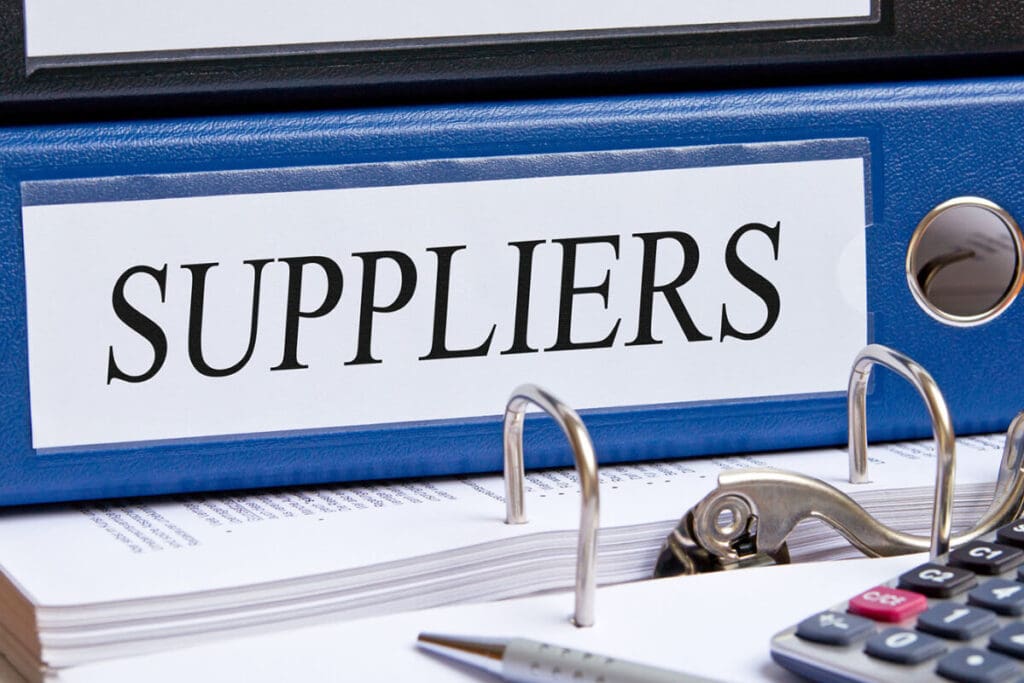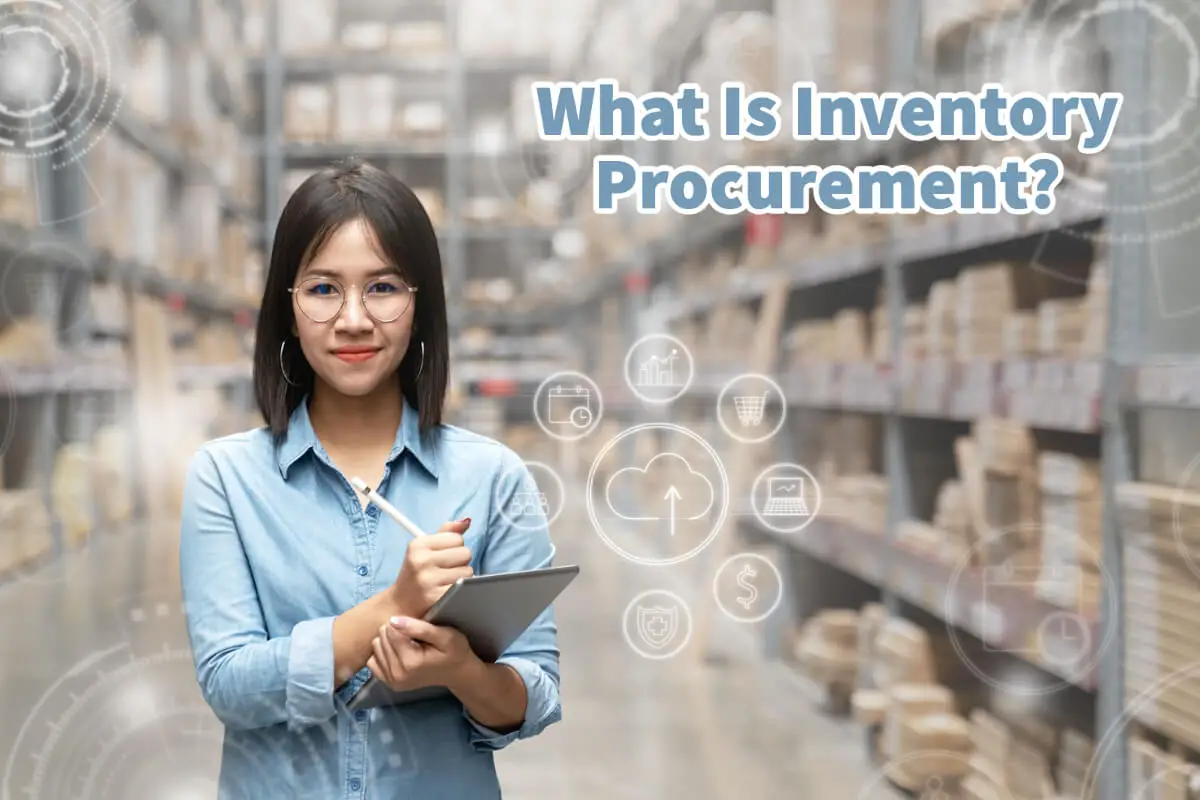Almost all companies and organizations must be concerned with purchasing goods and services if they’re part of the global supply chain. In other words, their inventory procurement.
Inventory procurement is the process of identifying suitable suppliers for a company. As procurement is a strategic process, inventory procurement will also work with suitable suppliers and manage their relationships. At the heart of inventory, procurement is acquiring goods and ordering them once they have been purchased.
Table of Contents
- About Inventory Procurement
- 12 Reasons Why Inventory Procurement is a Vital Part of the Global Supply Chain
- Ensuring Product Availability:
- Cost Efficiency:
- Managing Supplier Relationships:
- Risk Mitigation:
- Quality Control:
- Innovative Sourcing:
- Sustainability and Ethical Practices:
- Optimized Inventory Levels:
- Financial Health:
- Market Responsiveness:
- Global Sourcing Opportunities:
- Strengthening Competitive Advantage:
- Related Content
About Inventory Procurement
Inventory procurement is the part of the global supply chain that involves identifying suppliers, establishing relationships, and buying and receiving inventory from the suppliers. It is also concerned with knowing what to buy, when, and how to buy it.
Procurement is a strategic process of the acquisition of goods and services. It is about buying goods and services and strategically doing it.

That is why procurement is an essential part of any company’s organization. Procurement and buying and acquiring inventory usually take up substantial company resources.
Because inventory procurement is such an essential part of any company’s organization, most companies will have a software system to help them identify when and how to buy inventory or when they are running low on stock on certain items.
Most companies are on both sides of the procurement process; they sell goods to customers and buy products and services from others.
Companies on both sides of the supply chain may find that they are the seller in some cases of the procurement inventory procurement and buyers in others.
Inventory Procurement And Identifying Suppliers
Anyone in the global supply chain understands that it’s not always easy to find suitable suppliers or suppliers who can do exactly what you need at quality, quantity, and price. Finding the right supplier is not always easy.

You may often find a supplier that can do what you want, but the price may be too high. Other times, you may find someone who can do the price, but the quantity they are asking for is way out of the reach of your inventory. Trying to match your quality, quantity, and price with the right supplier can be a delicate balance.
That is what inventory procurement does; it is about identifying the right supplier to produce the product or give the services you need at the quality, quantity, and price you need.
Inventory Procurement And Establishing Relationships
Once you have found the right supplier, you must work to establish the right relationships with them. A good relationship with your supplier can help ensure your success in the global supply chain.
Many feel like having a good relationship with their supplier does not matter; they think so many other companies out there can do what their suppliers are doing, so they can pick and choose.
But honestly, this is usually not the case. Finding a good supplier and establishing a relationship usually takes time and a lot of hard work.
Buying And Receiving Inventory
At the heart of inventory, procurement is about buying and receiving inventory. Correctly buying and receiving inventory is a complex and technical aspect of a company’s business.
For example, buying too much inventory of one item can severely hurt a company’s cash flow and operations. If you also buy too little of an item, it can drastically impair a company’s sales.
I have seen companies who have purchased too much of one product and then been forced to sell the s products at a loss; this severely affected their ability to operate as a business. There is a delicate balance for a company to know how much to buy of one item and how much to keep in inventory and stock.
Recently, with many of the issues of the global supply chain with shipping taking much longer than usual, It has shown how difficult the balance can be between buying just enough inventory for you to be able to remain profitable or not buying enough so you lose money in potential sales.
Because this is an essential part of a company’s operation and can make a difference, even if a company succeeds or fails, inventory procurement is critical to any company’s operations.
Today, inventory management is not done manually. Almost all companies will use some computer system to help them to be able to see what they have in inventory and what they need to buy.
But even with all of these computer systems in place, many things still need to be done by hand. For example, you still need to count and reconcile whether or not what you have on your spreadsheet is actually what you have in inventory.
Also, there may be decisions that need to be made through an inventory procurement manager that cannot be made through the computer system. So even though computers are being used to help manage inventory in the procurement process, there still needs to be checking and verification that is taking place throughout the inventory procurement process.
Inventory procurement is essential to any company’s procurement process and overall operations. It is also why strategic inventory procurement is a crucial operation within the company’s general operations.
12 Reasons Why Inventory Procurement is a Vital Part of the Global Supply Chain
In today’s interconnected world, inventory procurement plays a pivotal role in shaping the global supply chain. It’s not merely about purchasing products for business needs; it’s an intricate process that determines the flow, availability, and cost of products in markets worldwide.
Here are twelve compelling reasons that underscore its significance:
Ensuring Product Availability:
Inventory procurement ensures that products are available when and where customers need them. By predicting demand and planning accordingly, businesses can meet customer requirements without any significant delays.
Cost Efficiency:
Strategic procurement can result in significant cost savings. Businesses can reduce inventory costs by analyzing supplier markets, negotiating bulk purchase discounts, and optimizing order quantities.
Managing Supplier Relationships:
Establishing and maintaining good relationships with suppliers is vital. A stable partnership ensures consistent quality and timely deliveries, which, in turn, impacts the efficiency of the entire supply chain.
Risk Mitigation:
Diversifying supplier sources and establishing contingency plans help businesses navigate disruptions. Whether it’s political unrest, a natural disaster, or a global pandemic, having an adaptive procurement strategy can make all the difference.
Quality Control:
Procurement plays a critical role in quality assurance. By setting and enforcing quality standards with suppliers, businesses can ensure that the products they receive meet the desired specifications.
Innovative Sourcing:
Procurement teams often work closely with suppliers to co-develop new products or to improve existing ones. This collaboration can lead to innovations that provide a competitive edge in the market.
Sustainability and Ethical Practices:
Modern procurement emphasizes sourcing from suppliers that adhere to sustainable practices. This enhances a company’s image and ensures a more resilient and responsible supply chain.
Optimized Inventory Levels:
Effective procurement ensures that businesses maintain optimal inventory levels, avoiding both stockouts and excessive holding costs. This balance is crucial for maintaining profitability and customer satisfaction.
Financial Health:
With the significant investments involved in inventory, procurement decisions directly impact a company’s cash flow, working capital, and overall financial health.
Market Responsiveness:
Rapid changes in market demand require a flexible procurement strategy. The ability to quickly adjust procurement plans allows businesses to capitalize on new opportunities or mitigate unforeseen challenges.
Global Sourcing Opportunities:
With the world as their marketplace, companies can source products from different regions, taking advantage of cost benefits, unique products, or superior quality.
Strengthening Competitive Advantage:
Effective inventory procurement can be a significant differentiator at its core. Whether it’s by offering unique products, ensuring consistent availability, or providing cost benefits to customers, a robust procurement process can elevate a brand’s market position.
Inventory procurement is not just an operational necessity; it’s a strategic tool that, when wielded correctly, can drive business success in the global marketplace. As supply chains continue to evolve, so will the art and science of procurement, reinforcing its importance in our interconnected world.
Find out more about how Mondoro can help you create, develop, and manufacture excellent home decor and furniture products – don’t hesitate to contact me, Anita. Check out my email by clicking here or become a part of our community and join our newsletter by clicking here.
Mondoro gives out a FREE Lookbook to anyone interested. You can receive a copy of our latest Lookbook by clicking here.
Listen to our Podcast called Global Trade Gal. You can find it on all major podcast platforms. Try out listening to one of our podcasts by clicking here.
Subscribe to our Mondoro Company Limited YouTube Channel filled with great videos and information by clicking here.
Related Content
Product Sourcing and Strategic Sourcing Explained
Product sourcing is when you source or look to find a supplier for a product you need. Strategic sourcing is strategically sourcing products. Strategic sourcing is not about the lowest purchase price but the lowest overall cost. Product sourcing and strategic sourcing are very similar, but strategic sourcing is sourcing with a plan in place.
You can learn more by reading Product Sourcing and Strategic Sourcing Explained by clicking here.
What Is The Difference Between Supply Chain Management and Logistics?
Supply chain management is about the collaboration and partnerships to get the goods from raw materials to the end consumer; it is about the partnerships and alliances within this process. Logistics is part of supply chain management; logistics involves moving goods from one place to another. In some instances, the logistics providers will also store the goods and send them to the end consumer.
By clicking here, you can learn more by reading our blog, What Is The Difference Between Supply Chain Management and Logistics? by clicking here.
Seven-Step Strategic Sourcing Process Explained
A seven-step strategic sourcing strategy process will help companies be successful when looking to procure a product or a commodity. If companies take the time to go through each of the seven steps, this will help them to ensure they are successful with their sourcing needs.
You can learn more by reading our blog, Seven-Step Strategic Sourcing Process Explained, by clicking here.


